The tiny house movement is all about downsizing living spaces, simplifying, and essentially “living with less.” The advocates of the movement are sure that even within a limited floorspace you can live a more fulfilling life – and without a huge mortgage hanging over your head.
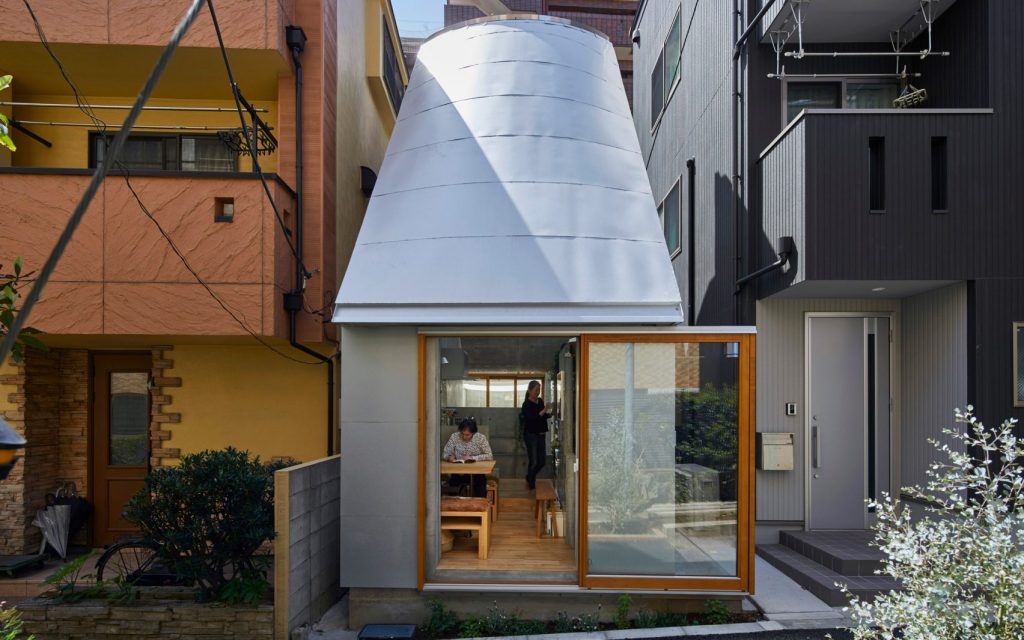
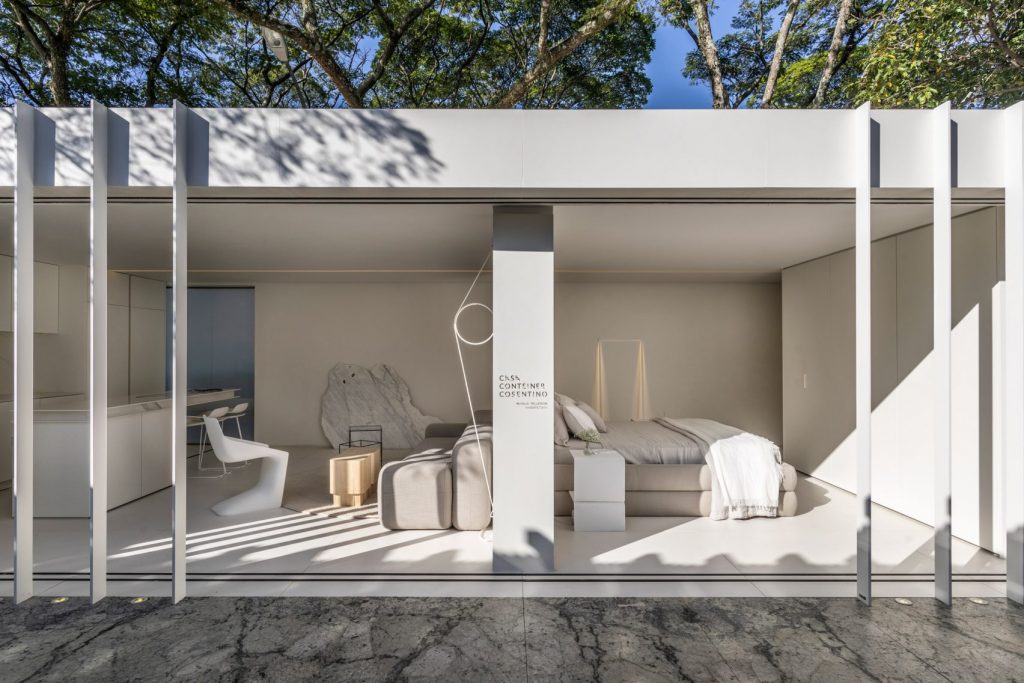
Casa Container by Marilia Pellegrini
Reusing shipping containers for micro homes is no news, but this Casa Container developed by Brazilian architect Marilia Pellegrini looks exceptionally stylish and contemporary. The high-end 18sqm show house is made up of two 12 metre long containers laid next to each other. The corrugated metal structures are covered entirely in white Dekton, a UV- and heat-resistant surface material that is made from quartz, porcelain, and glass, fused together under high pressure. The house is painted all white with the aim to give it evenness and enhance the sense of space.
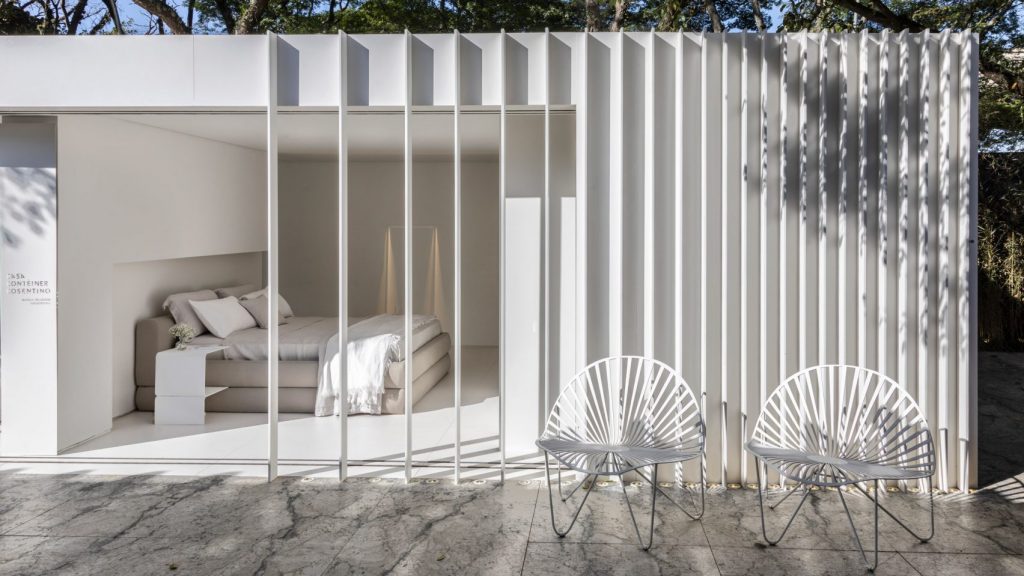
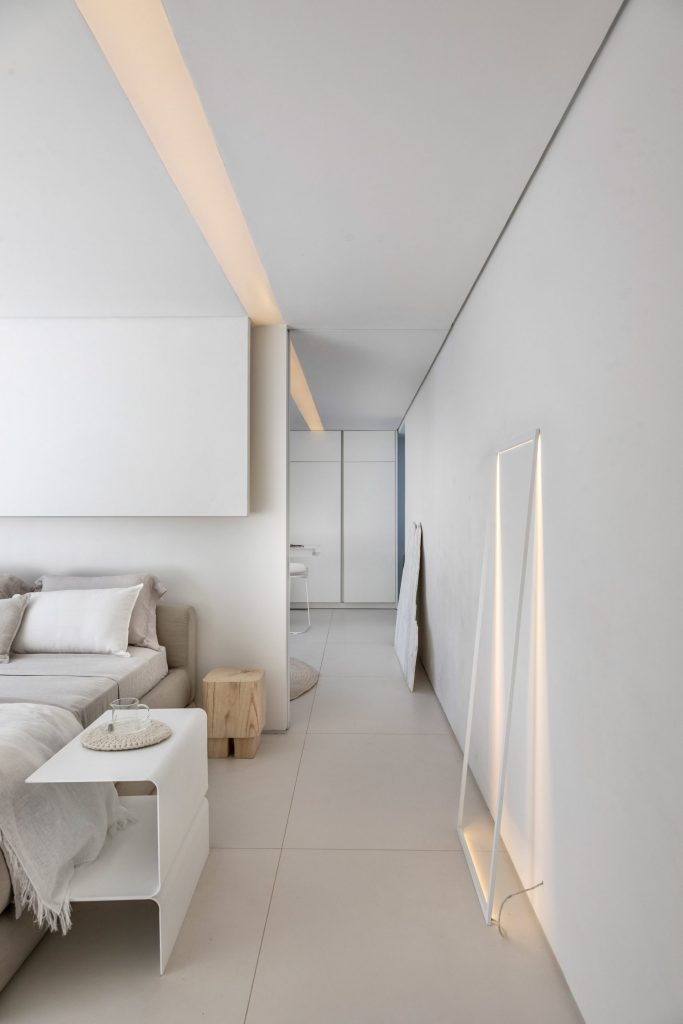
Casa Container by Marilia Pellegrini
Large glazed walls and doors on the front facade slide back to open out onto a landscaped patio by Studio Clariça Lima planted with bamboo. Windows on the opposite side feature slim white louvres to shade the glass walls from direct sunlight.
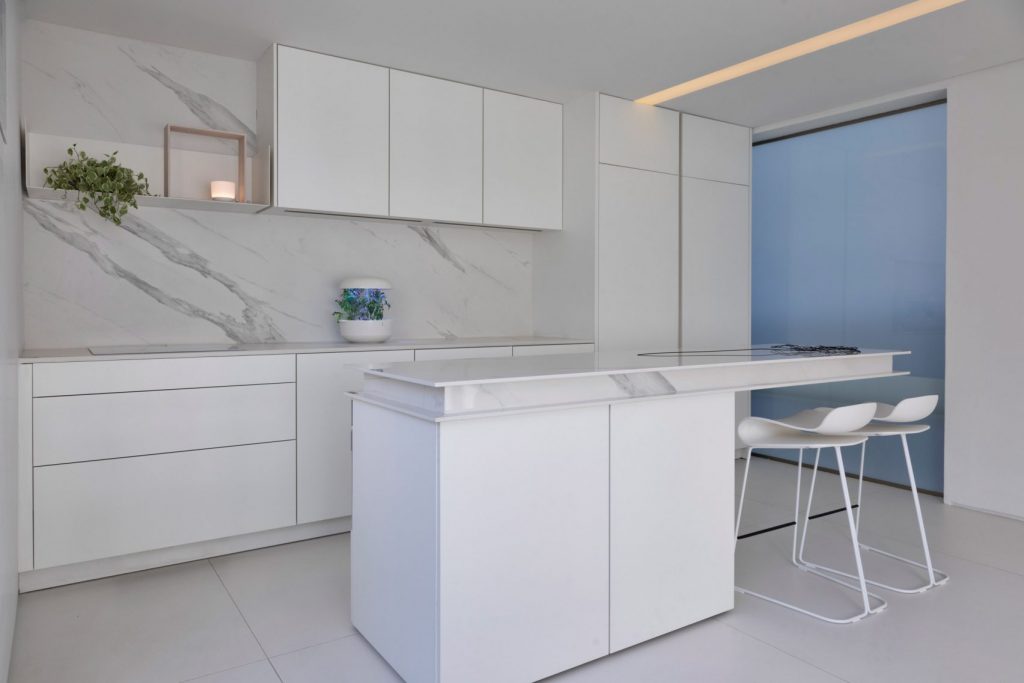
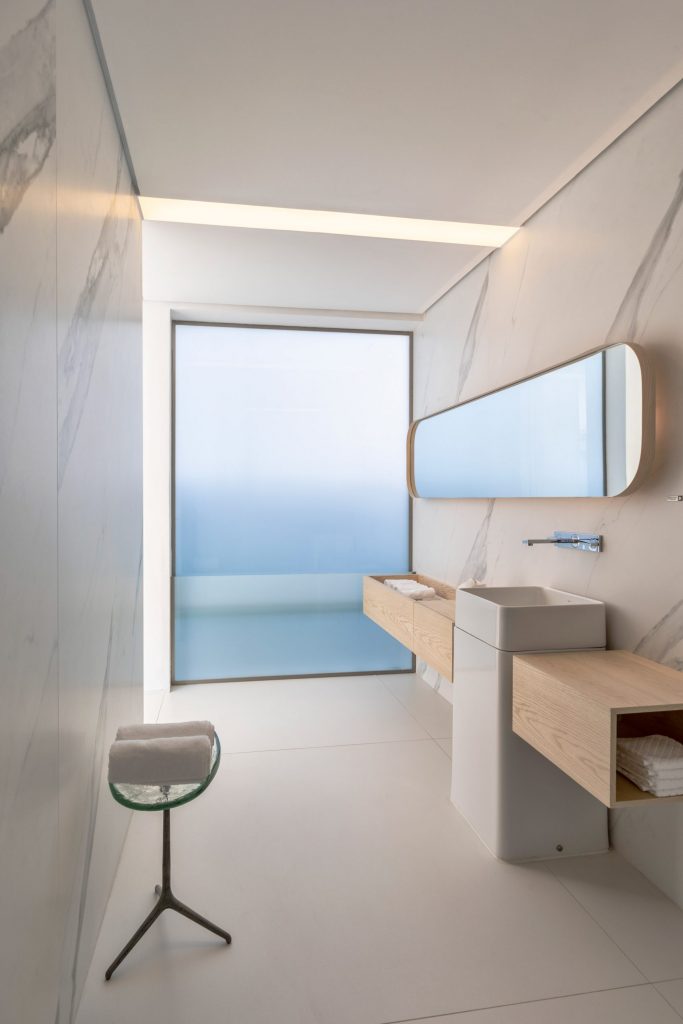
Casa Container by Marilia Pellegrini
Inside, the surfaces are also finished in white Dekton as well a marble-effect surfaces. The house is divided into two halves: a living and dining space is housed within one container, while a bedroom with a private en-suite bathroom are placed on the other. Both halves are filled with pieces of furniture designed by Nendo founder Oki Sato to celebrate the modern and minimalist Japanese design.
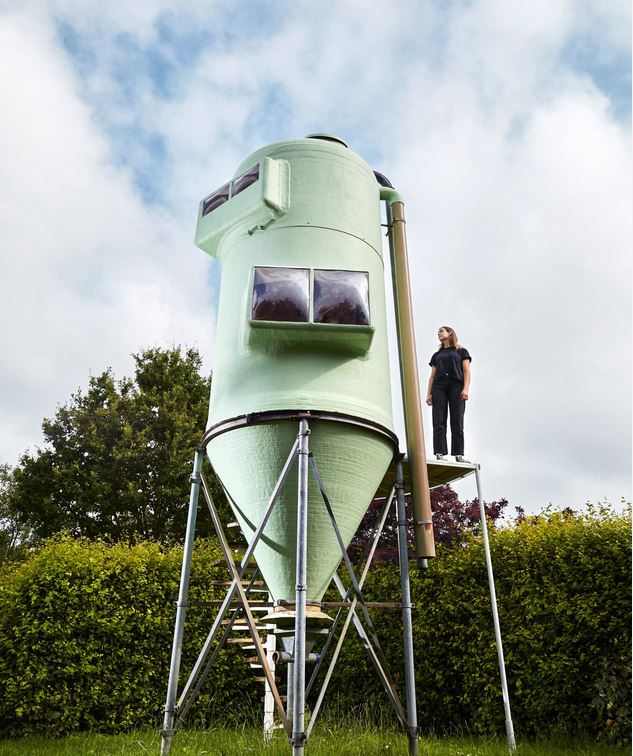
Silo Living by Stella van Beers
Design Academy Eindhoven graduate Stella van Beers has converted one of the many disused grain silos scattered around in the rural areas of the Netherlands into a tiny living space. Intended as a short-term home, the tower-like structure features two levels, connected by a mini staircase and ladder.
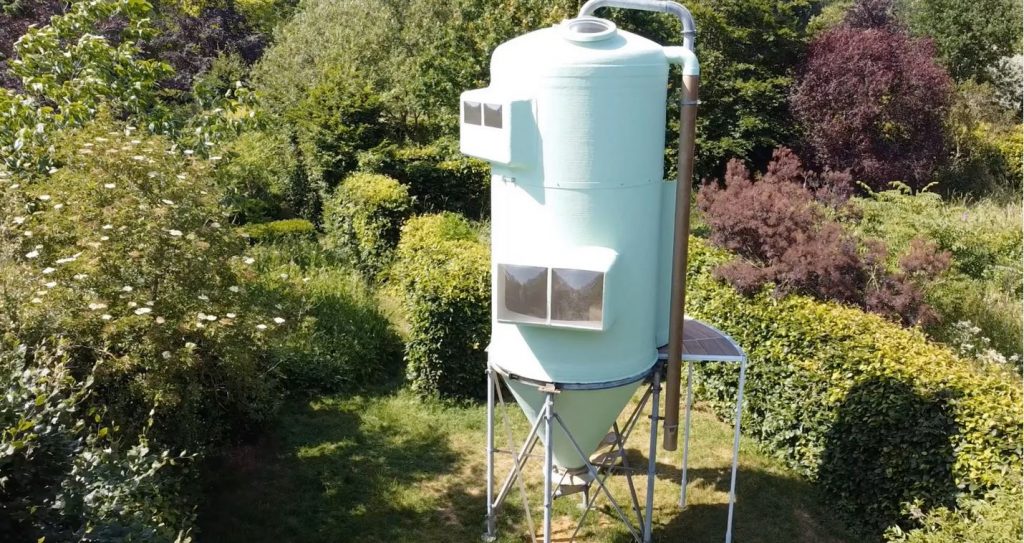
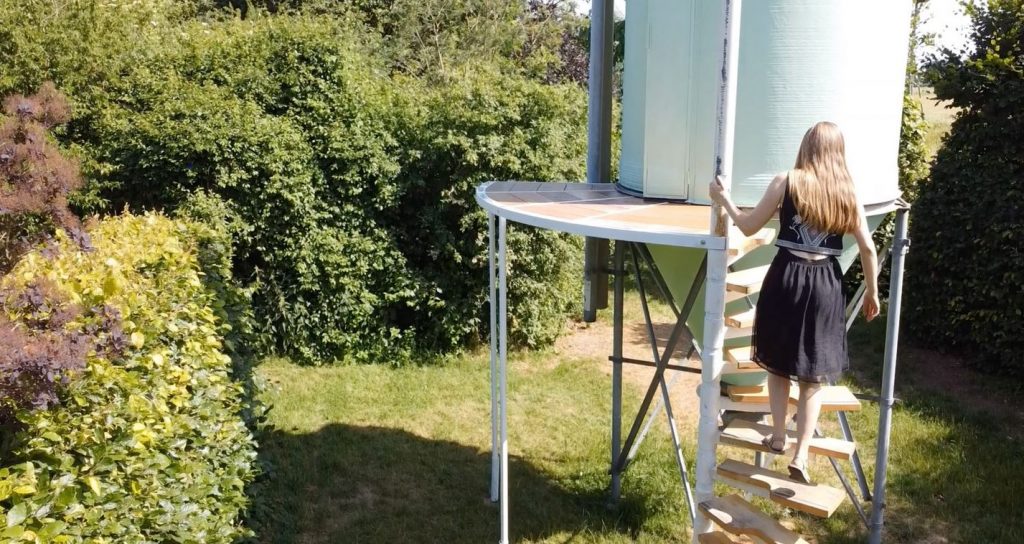
Silo Living by Stella van Beers
While the lower level serves as a living space and incorporates a ledge that functions as a space to eat or work, the upper floor is entirely taken by a mattress. The designer also added a set of double doors for the user to get inside and projecting windows. There is also a skylight that functions as a lookout point.

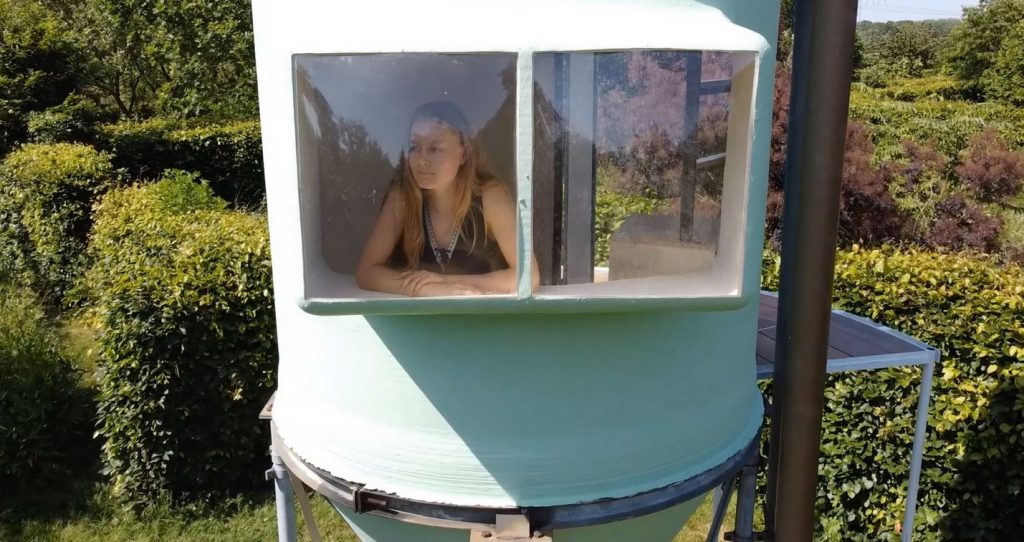
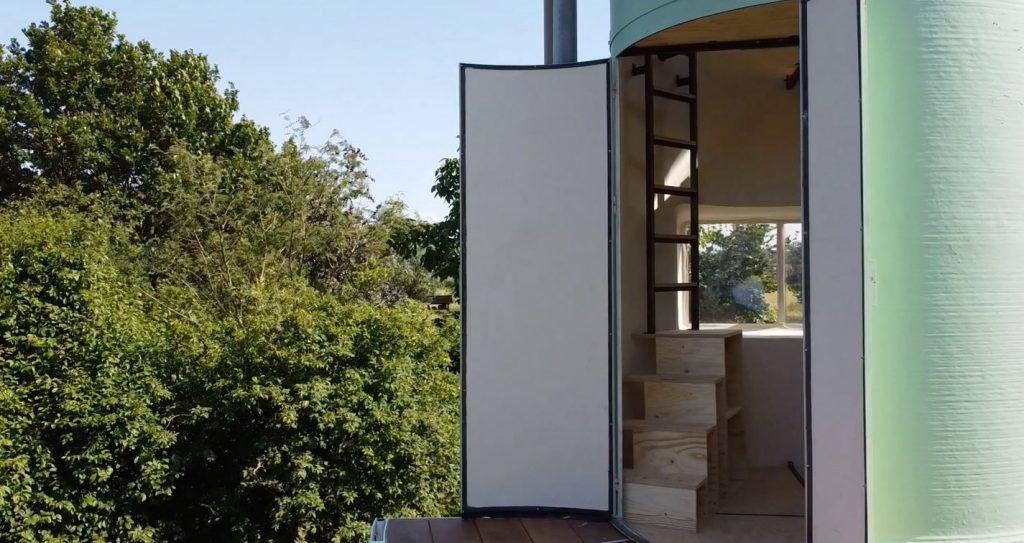
Silo Living by Stella van Beers
Most of the adaptations use standard components, so could be easily replicated on a variety of silos to transform them into cozy places for a temporary stay. Otherwise, these structures that are left abandoned as a result of a country-wide reduction in livestock are expensive to dispose of and impossible to recycle.
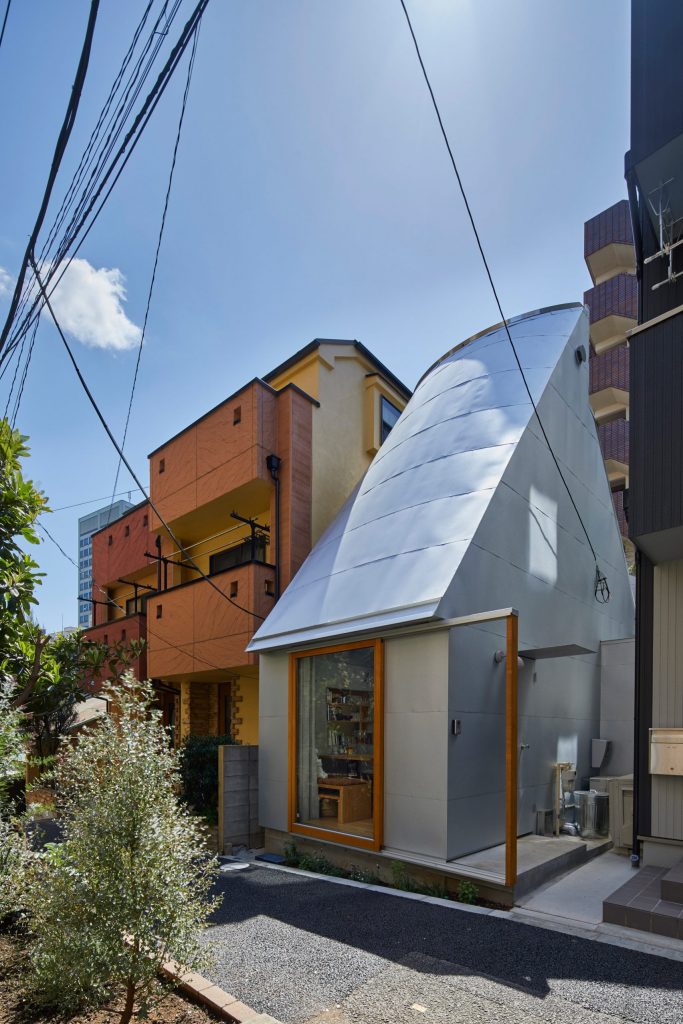
Love2 House by Takeshi Hosaka in Tokyo Japan (also header image)
Architect Takeshi Hosaka has built a tiny 19sqm home in Tokyo for his wife and himself. After the architect began a professorship at Waseda University of Art and Architecture in 2015, he decided they needed to move to Tokyo to reduce his commute, but a small 31 sqm plot was everything he could get.
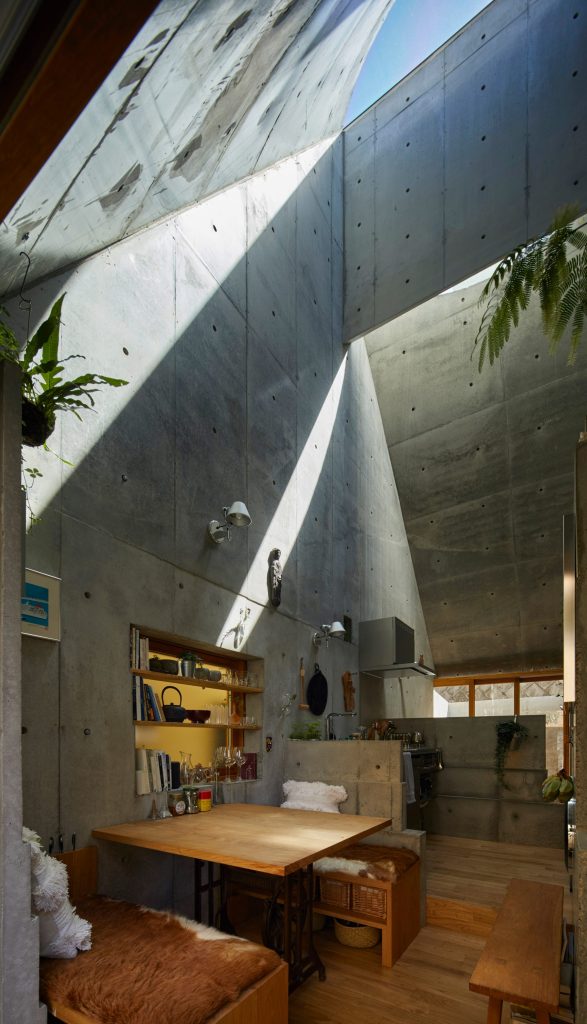
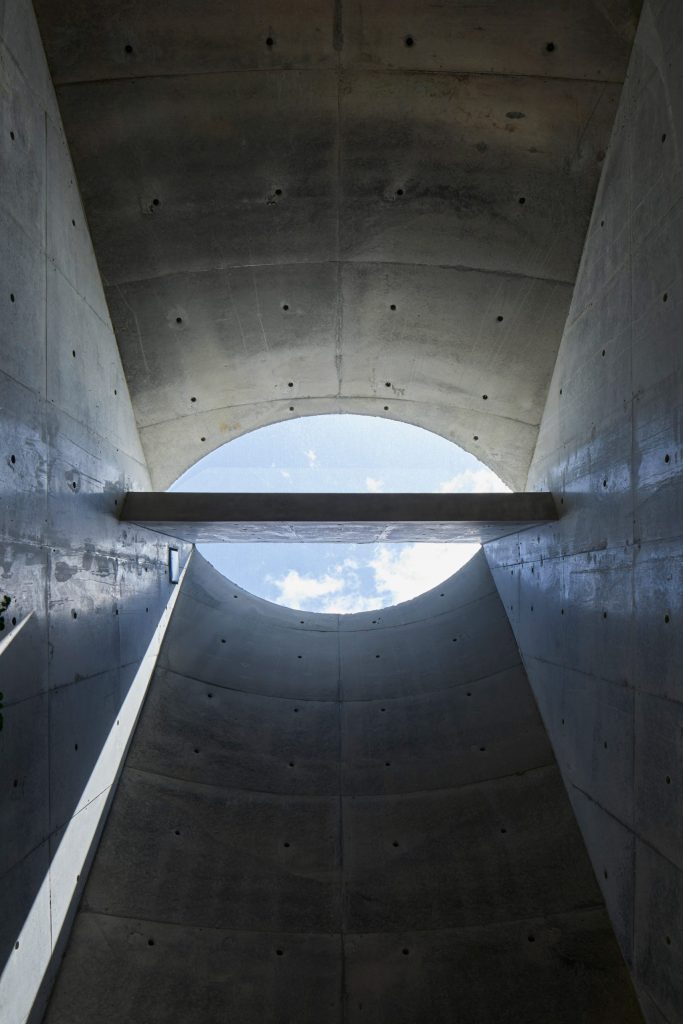
Love2 House by Takeshi Hosaka in Tokyo Japan
Called Love2 House, the single-storey building was designed using principles borrowed from the architecture of ancient Roman villas, i.e. a philosophy of pleasure through modesty. Simultaneously, addressing the fact that the building would not receive any direct sunlight for three months during winter, the architect made up his mind to create two curved roofs that are open to the sky. Clad in galvanised aluminium panels, these roof forms curve gradually as they ascend to create the arched openings. The two resulting skylights bring the natural light into the house, while the height of the slanted ceiling enhances the overall volume of the compact interior.
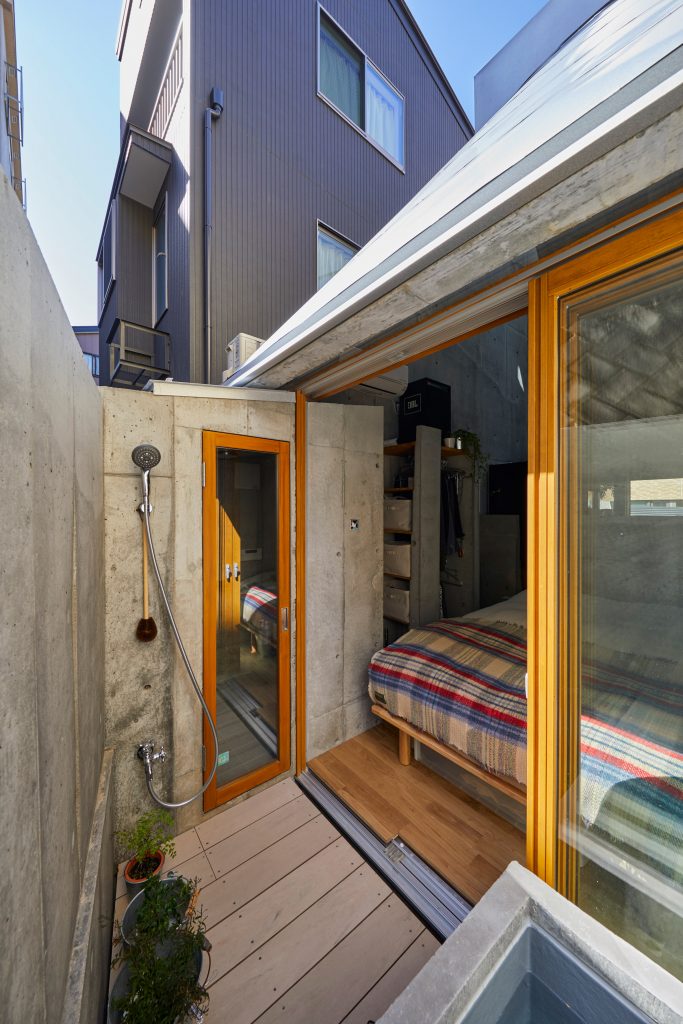
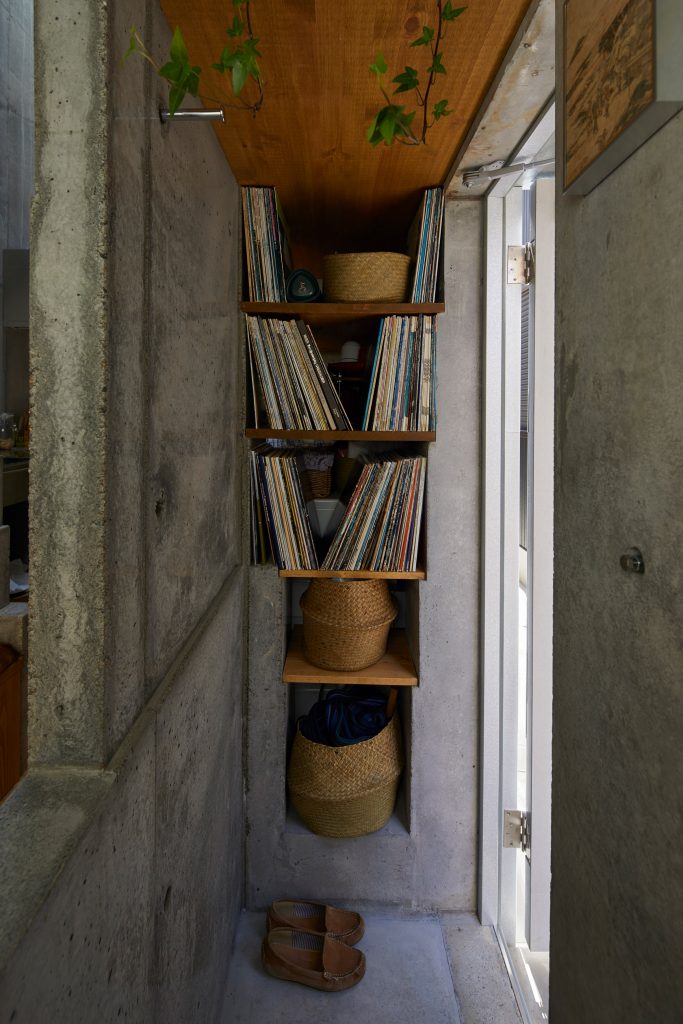
Love2 House by Takeshi Hosaka in Tokyo Japan
Internally, the reinforced concrete structure is left exposed to create a uniform space, with seven partitions extending out of the walls to define the dining, kitchen and sleeping areas. A large sliding doors opens out to the streetscape connecting the house with the outdoors.